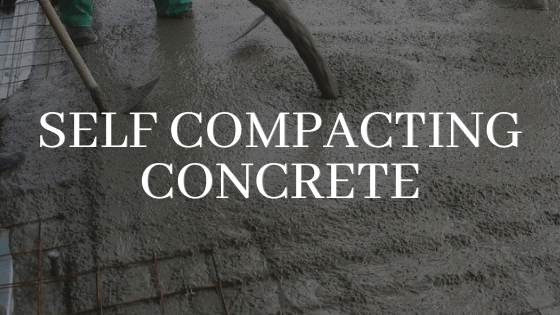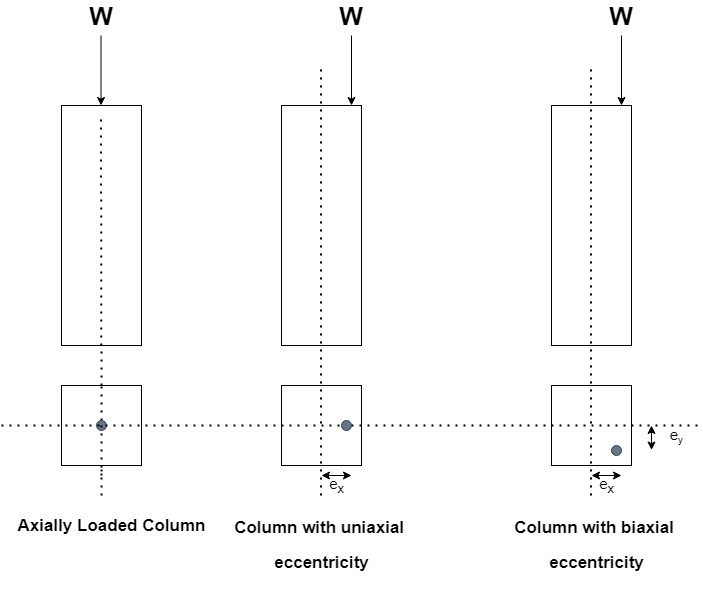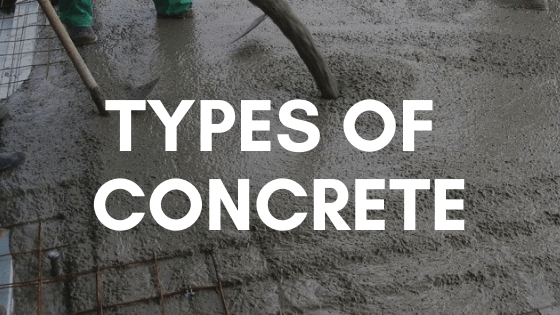Theodolite Surveying
Theodolite surveying is that branch of surveying in which theodolite is used to measure the horizontal and vertical angles. A Theodolite is a very precise instrument, mainly used for determining the horizontal and vertical distances between two points. It can also be used for prolonging a line, measuring distances indirectly, as a level, like a […]
Theodolite Surveying Read More »







